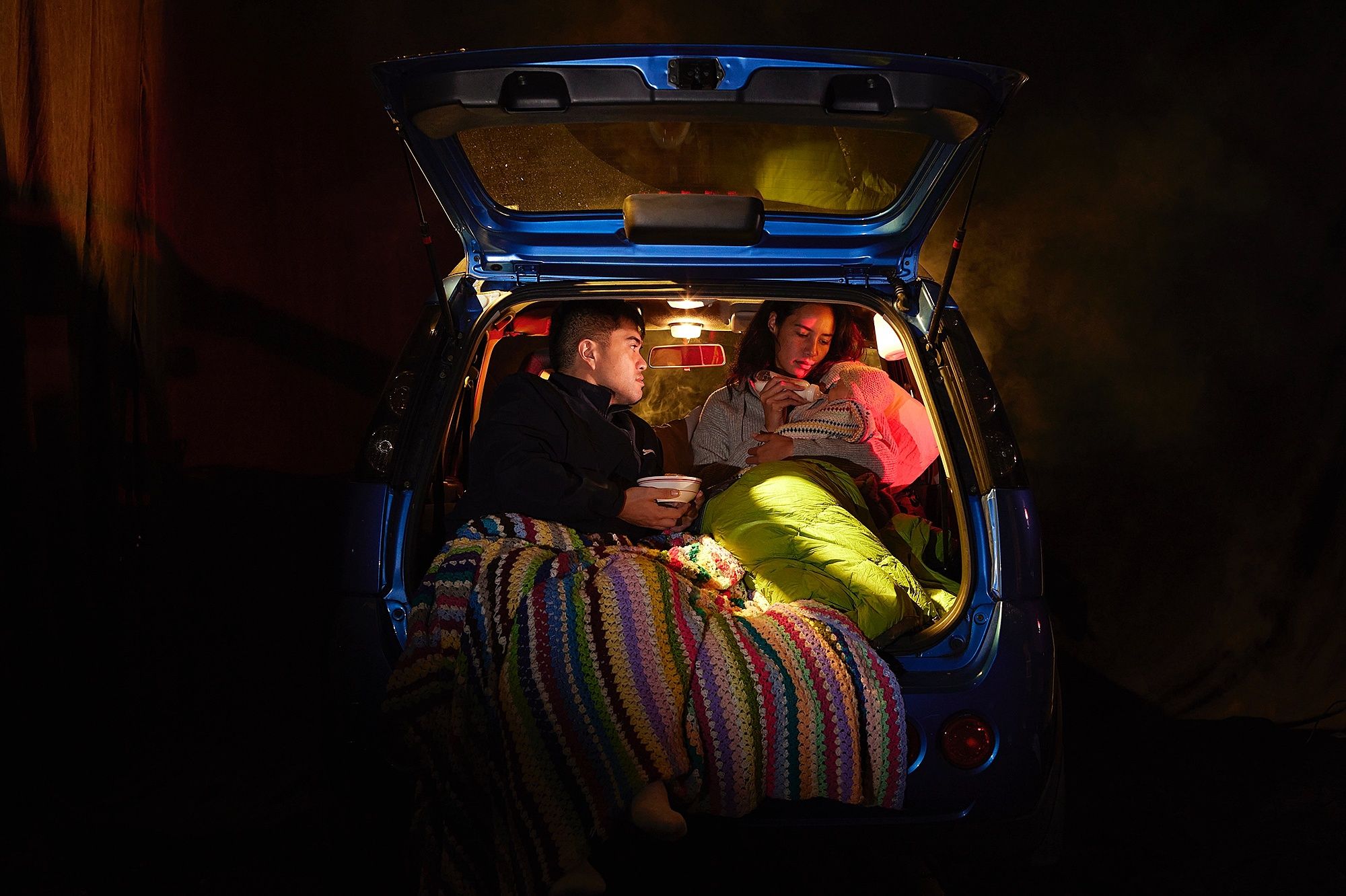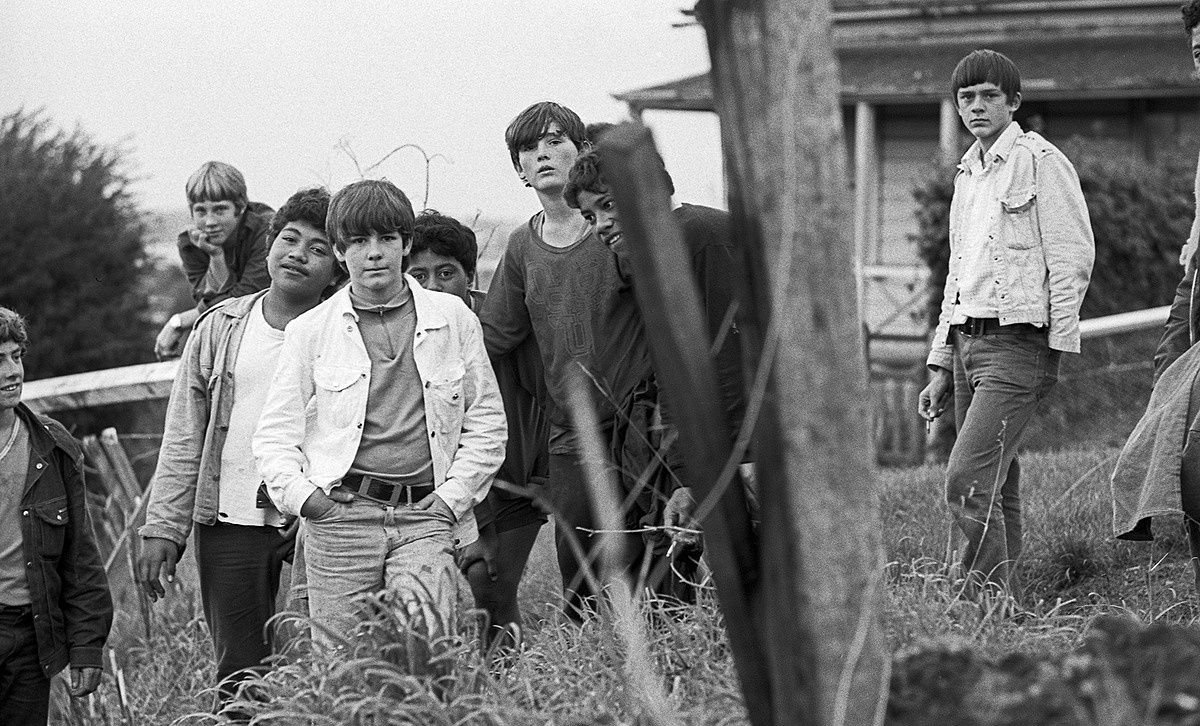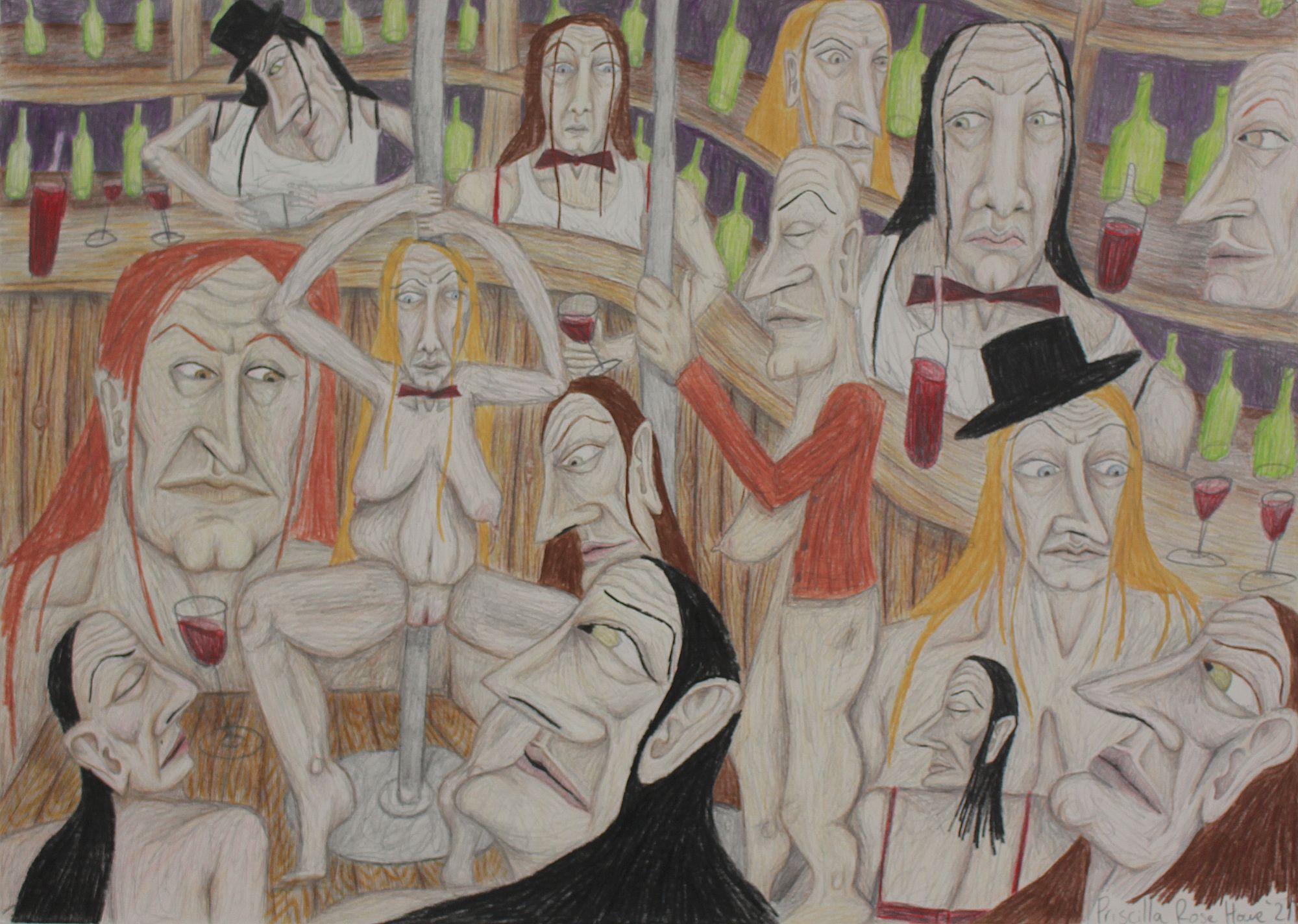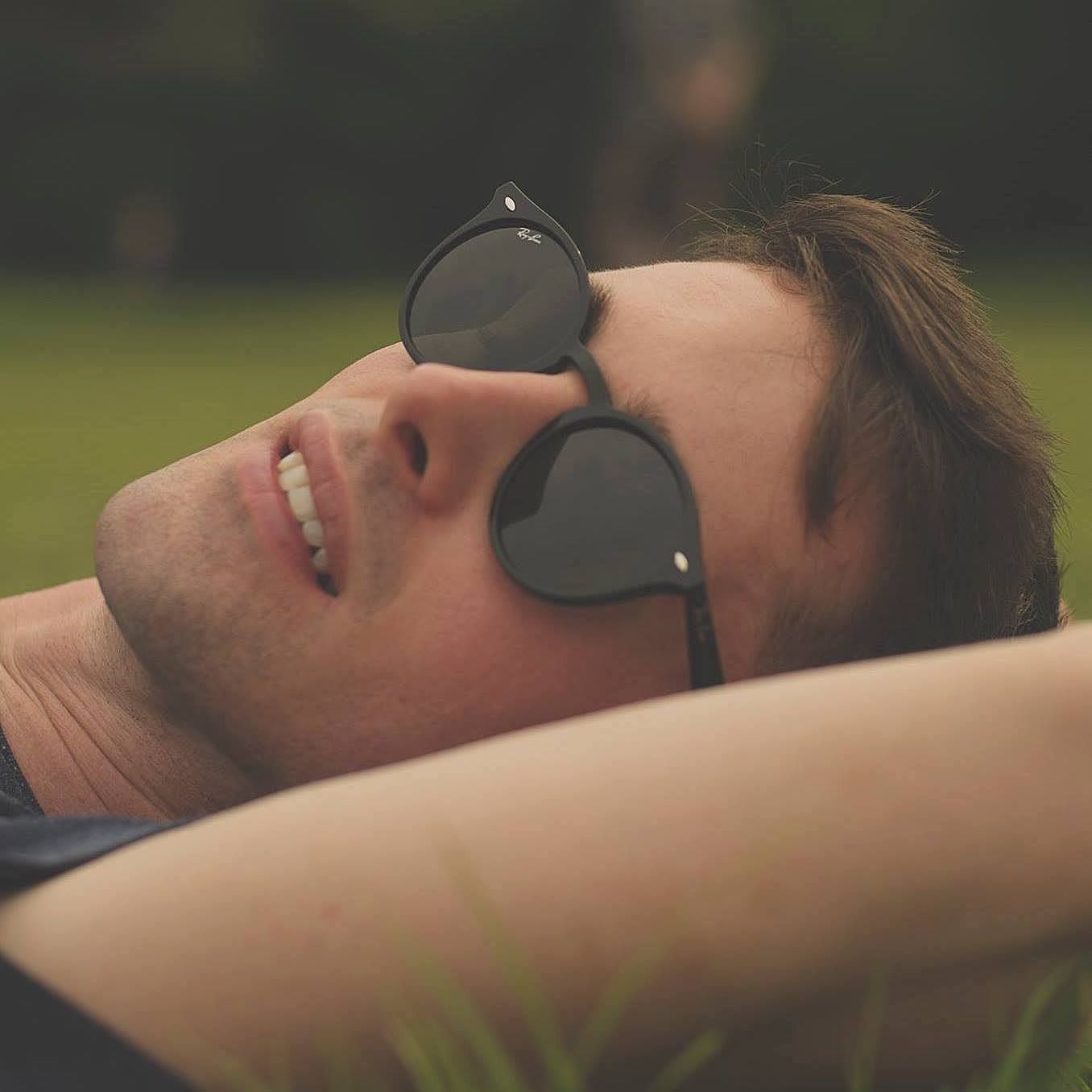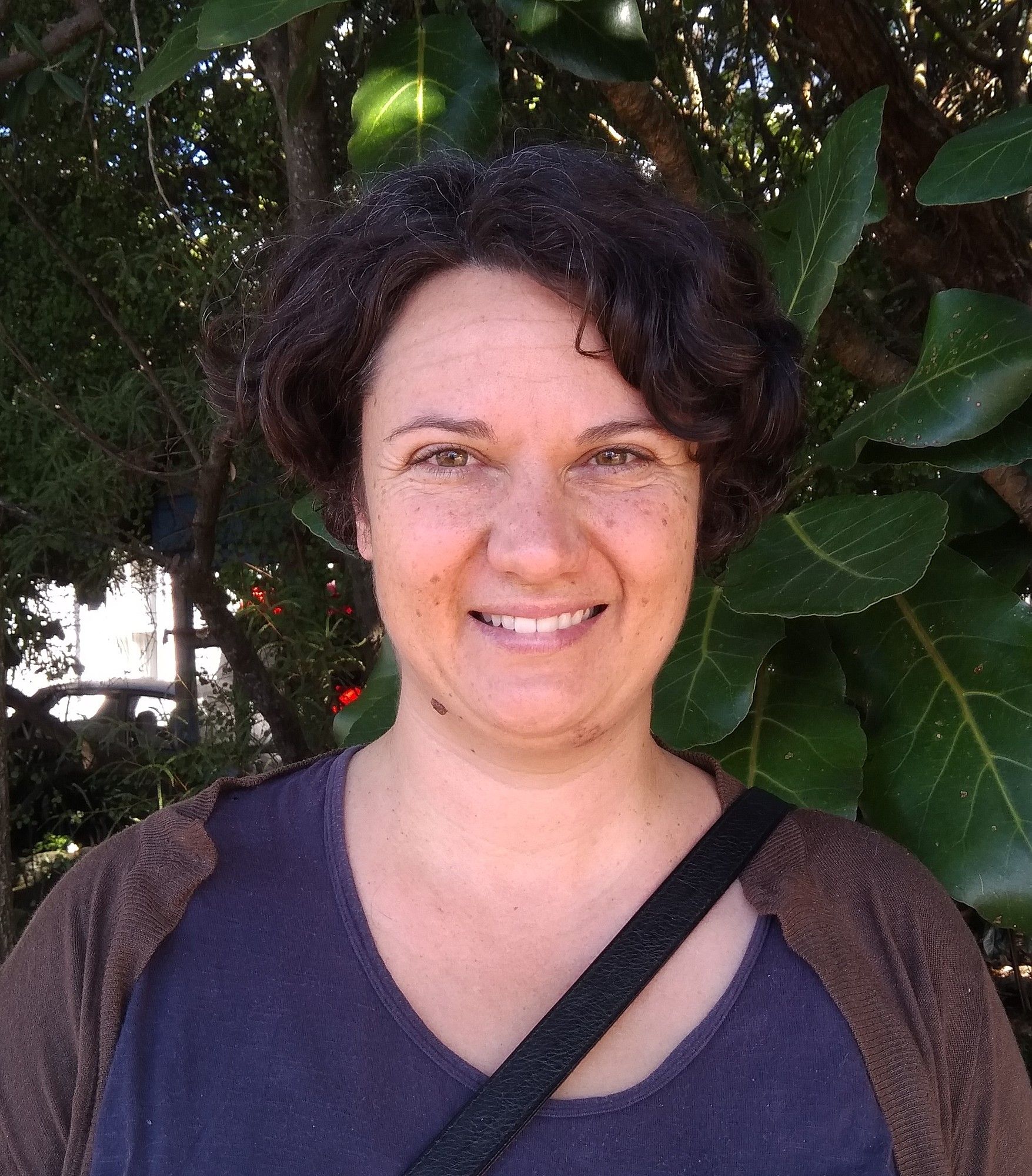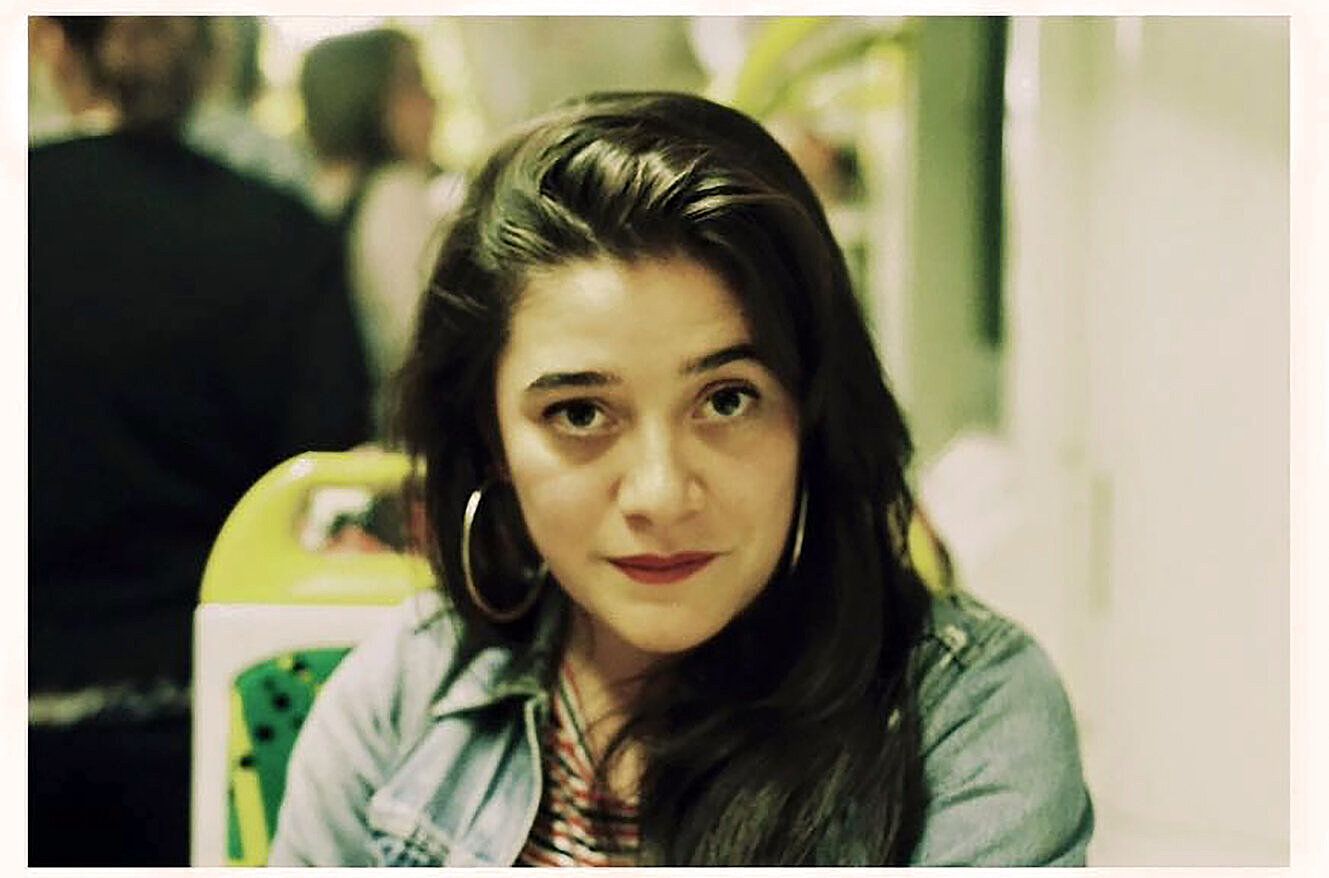The Unmissables: Three Artworks to See in June
The best art on show in the dealer galleries of Tāmaki Makaurau Auckland in June 2021.
A monthly round-up of artworks from the dealer galleries of Tāmaki Makaurau that we keep returning to.
Our overworked art critics visit art galleries during time out of their actual jobs (not out of love for the pay but their love of the arts). They bring you a treasure trove of nostalgic works, from the photographic remnants of pre-gentrified Ponsonby, pencil drawings referencing 1995 Sci-Fi and Paul Jennings books, and imagery of our soon-to-be memories of events during Covid-19.
Tulia Thompson, Francis McWhannell and Ngahuia Harrison have trawled the streets of Auckland and online to showcase some of the most exciting art around.
Harvey Benge’s stunning photographs taken around Ponsonby in the 1970s and 80s feel tender, in part because the friendship Benge and gallerist Melanie Roger had feels evident in her thoughtful curation. There are photos of Ponsonby villas with large, rectangular windows and rows of washing hung on the front verandahs. I felt mild grief remembering that washing – how normal it was – and how you never see washing hung out the front of houses in ‘gentrified’ Ponsonby. My Fijian dad taught in Grey Lynn, so the Ponsonby of my childhood was a place of woven mats and trays of pineapple pie.
Benge was prolific and is highly regarded, and this exhibition includes photos both rare and unseen. Most arefrom a series called Any Lonely Person Write to Ponsonby, which one photo reveals was a phrase found scratched into the spiky leaf of a succulent plant. Some photos engender a kind of palpable loss. Print dresses in bold 70s fabric look hand-sewn because they fit the wearers in ways that bought clothing no longer does; a thin woman carelessly holds a cigarette; kids wear jeans as they saunter towards a bright future.
The photograph that I come back to is of a group of boys around 9 to 13 years old, or possibly older, in that weird, unpolished age where their features are still soft. They wear denim jackets and jeans, or else tracksuit pants, with hair cut unevenly by their mums. It is a group of boys, so of course I think of Lord of the Flies, because I have been messed up by high-school English. The photo is composed so that a fencepost divides one solemn kid from the rest of the group. There is a feeling of movement and of witnessing something unfolding. The kids' faces are so open, something you no longer see with the Instagram generation. (I think of my nearly-eight-year-old stepson, with various exaggerated photo faces, a face practised at turning outwards.) The photograph captures something profound about being at the turn of childhood – something serious, unguarded and hopeful. – TT
Harvey Benge, Untitled, 1973
I haven’t slept well, and the headiness that comes from being overtired makes Priscilla Rose Howe’s fantastical pencil drawings feel all too real. Or perhaps I am trying to explain away an intense persuasiveness that has caught me off guard. I feel as though if I blink I might find myself within one of the darkly whimsical worlds. Howe’s pictures are populated by stylised figures. Their hair is flat and thin-looking, their foreheads furrowed, their noses long and sharp, their eyes wide beneath fine, arched brows. They might be members of a clan, or diverse incarnations of a single self. I keep wanting to describe them as witch-like. Marked by indefiniteness, they resist simple characterisation. They appear worn and many have breasts or vulvas, but they are not necessarily aged or women. They possess a certain ferocity, but they are not necessarily frightening or malign.
There are plenty of recognisable, real-world entities in the drawings: blankets and mattresses, floppy neckties, glasses of red wine. But time and place remain vague. Similarly, the activities depicted tend to dance between the explicable and the mysterious. Fantasm (2021) would appear to show people carousing in a bar or a strip club. Yet it is hardly a straightforward representation. The word ‘dream’ comes to mind, but it doesn’t feel quite right – perhaps because dreams arrive when we are asleep and thus seem out of our direct control. It is clear that Howe constructs her images with deep thought and care, even if their making involves improvisation. In a recent interview, she discusses some of her reference points. She mentions David Lynch, a 1995 science fantasy film called The City of Lost Children, and Round the Twist, a TV series based on short stories by Paul Jennings.
The drawings send me off on my own flights of fancy. Purple hats put me in mind of the Mad Hatter. Garments with black and white stripes recall Tim Burton. I can’t stop thinking of local artists Tracey Collins and Jenny Doležel, whose theatrical works seemed to be everywhere when I was growing up. Discussing pieces by Howe shown with Wet Green at this year’s Auckland Art Fair, Hana Pera Aoake refers to Édouard Manet’s 1882 painting A Bar at the Folies-Bergère. She ponders what the central subject, the bartender Suzon, might be thinking. I find myself speculating that Fantasm could be a reimagining of the Manet, a queering. It’s the sort of thing your brain can do when looking at a picture. Change the viewpoint, the set, the costumes, the characters. Insinuate yourself. ‘Dream’ is not the word; ‘daydream’ might be closer. – FM
Priscilla Rose Howe, Fantasm, 2021
Artist Russ Flatt’s (Ngāti Kahungunu) imagery often restages personal and familial memory, like the work Kōruru / Knucklebones (2020), which won Flatt the Wallace Arts Trust Paramount Award last year. Flatt combines this restaging or remembering with his background in commercial photography to create highly polished works reminiscent of the mundane theatricality of American photographer Philip-Lorca diCorcia and the youthful unease of artist Justine Kurland.
Flatt brings his trademark technical finesse to his latest exhibition at Tim Melville, Team of Five Million. This time Flatt is restaging our collective consciousness – all of our soon-to-be memories of current, or not so distant, events. The exhibition’s title uses the group name bestowed upon New Zealanders by Prime Minister Jacinda Ardern during the nation’s fight against COVID-19. After all, we were all in that together, ‘He waka eke noa!’
Flatt’s show puts a question mark at the end of the slogans designed to galvanise the country during our time of crisis. In the photograph He Tāonga, Te Tamaiti we see mum and baby in a hospital bed with a cop and a social worker standing over them, the tableau vivant of an Oranga Tamariki child uplift – Team of Five Million? The work Arohanui shows us a young homeless whānau feeding their child in the boot of a car – He Waka Eke Noa? Flatt’s exhibition challenges the rhetoric of unity by creating scenes of those not in the waka but those ‘fellow countrymen’ in the drink.
The exhibition is a news feed of New Zealand current events; Mr Speaker presents the recent parliamentary debate on the Māori necktie. Flatt turns the politicians’ love-language on its head to challenge rhetoric with reality. To ask our leaders and ourselves, if we can all jump on board to combat the pandemic, notwithstanding Billy TK Junior and The Tinfoil Hats, why can’t we extend aroha to those in Aotearoa for whom crisis isn’t a 2020 event but a continuing state of being? – NH
Russ Flatt, Arohanui, 2021
*
The Unmissables is presented in a partnership with the New Zealand Contemporary Art Trust, which covers the cost of paying our writers. We retain all editorial control.
Feature image: Russ Flatt, Arohanui, Tim Melville, 2021.
